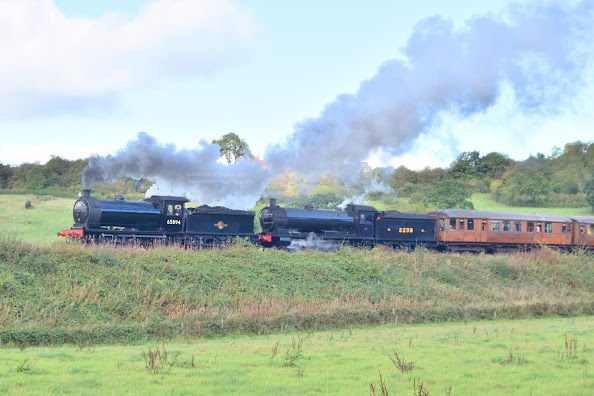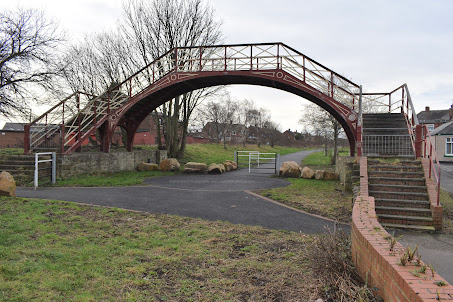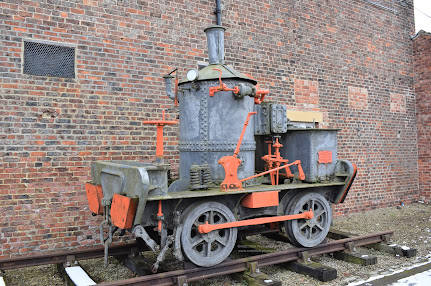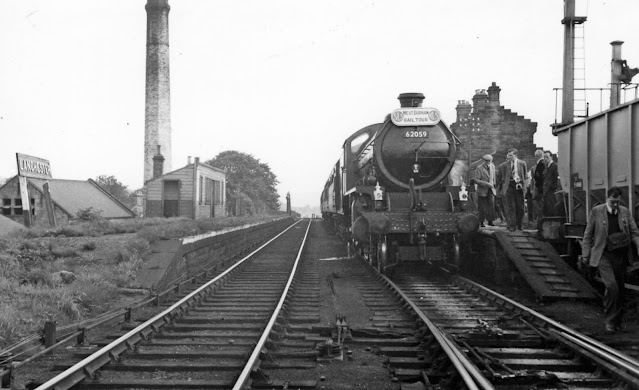Head, Wrightson & Co No.21/ Seaham Harbour Dock Company No.16 No.21 was built in 1870 by Head, Wrightson & Co as No.21 at their Teesdale Ironworks in Stockton-on-Tees for the Londonderry Railway to work at Seaham Harbour in County Durham, just south of Sunderland. In 1899 the Londonderry Railway became part of the North Eastern Railway. And in 1900 the Seaham Harbour Dock Company Ltd was formed and the locomotive passed into their ownership, where it became No.16. It remained at Seaham until 1959 when it was sold back to Head, Wrightson & Co. Who restored it to how it would have looked when built. Today the loco is on static display in Preston Park near Stockton. Sister engines No.33/17 and No.1 are based at Beamish museum. No.1, which is nearly identical to 21 is operational and steamed regularly (pictured below).




